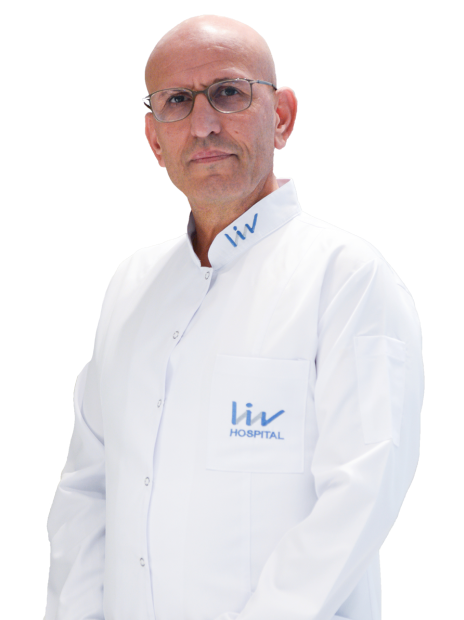What is Medical Aesthetics?
Medical aesthetics blends evidence based dermatology with minimally invasive procedures to improve skin health, facial balance, and body confidence. If you’re researching medical aesthetics or a medical aesthetic clinic for the first time, this patient focused guide explains how popular treatments work, what results to expect, typical recovery timelines, and how to choose a safe, reputable provider.
Unlike a day spa, an aesthetics medical spa within a clinical setting offers physician oversight, trained injectors, medical grade devices, and sterile protocols key factors that drive better results with lower risk.
Patients often wonder what medical aesthetics means in practical terms. In short, it’s the intersection of medical and aesthetic dermatology using prescription strength skincare, injectables like Botox and dermal fillers, laser and light therapies, and energy based modalities to rejuvenate skin and refine features without surgery.
Whether you want to soften expression lines, restore volume, brighten discoloration, or tighten laxity, modern protocols are personalized to your anatomy, skin type, and downtime preferences for natural looking results.
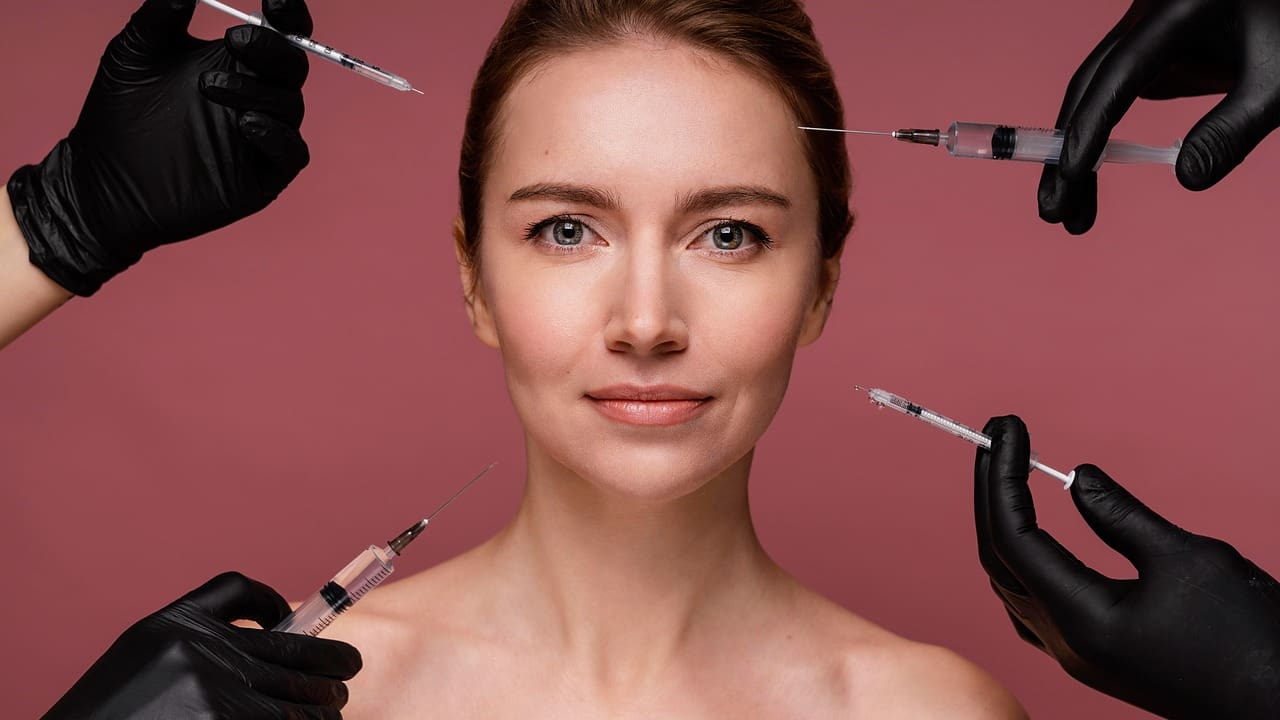
Medical Aesthetics Near Me: How to Choose the Best Aesthetic Medical Clinic
Medical oversight and credentials: Choose an aesthetic medical clinic with a board certified dermatologist, plastic surgeon, or experienced medical director. Confirm who performs injections and operates devices (MD, NP, PA, RN) and ask about their medical aesthetics training and complication management protocols.
Treatment philosophy: Prioritize clinics that recommend staged plans, conservative dosing, and realistic timelines. Avoid one size fits all packages that promise instant, dramatic change. Before and after photos: Review results for patients with similar concerns, age, and skin tone (Fitzpatrick I–VI). Consistent, natural outcomes across many cases signal expertise.
Technology and skincare: FDA-cleared devices, neuromodulators, dermal fillers, and medical-grade skincare matter for safety and predictability.
Safety standards: Sterile technique, consent forms, traceable products, and structured follow ups are essential.
Reviews and reputation: Look for feedback on communication, comfort, and long term satisfaction.
Aesthetics Medical Spa vs. Dermatology: What’s Right for Your Skin and Goals
Cosmetic focus vs. medical conditions: If your primary goal is cosmetic enhancement smoother skin, facial contouring, or body sculpting an aesthetics medical spa with strong medical oversight is ideal. If you also have active medical skin issues (acne, rosacea, melasma, eczema), medical and aesthetic dermatology under one roof streamlines care.
Treatment depth and integration: Dermatology practices can combine prescription therapy (topicals, oral meds) with procedures (peels, lasers) for comprehensive outcomes, especially for pigment, redness, or acne scarring.
Skin of color expertise: Ensure the clinic comfortably treats diverse skin tones using pigment safe device settings and protocols to minimize risk of hyperpigmentation. The best choice maximizes both safety and satisfaction, coordinating care as your needs evolve.
Medical and Aesthetic Dermatology: Integrative Care for Skin Health and Beauty
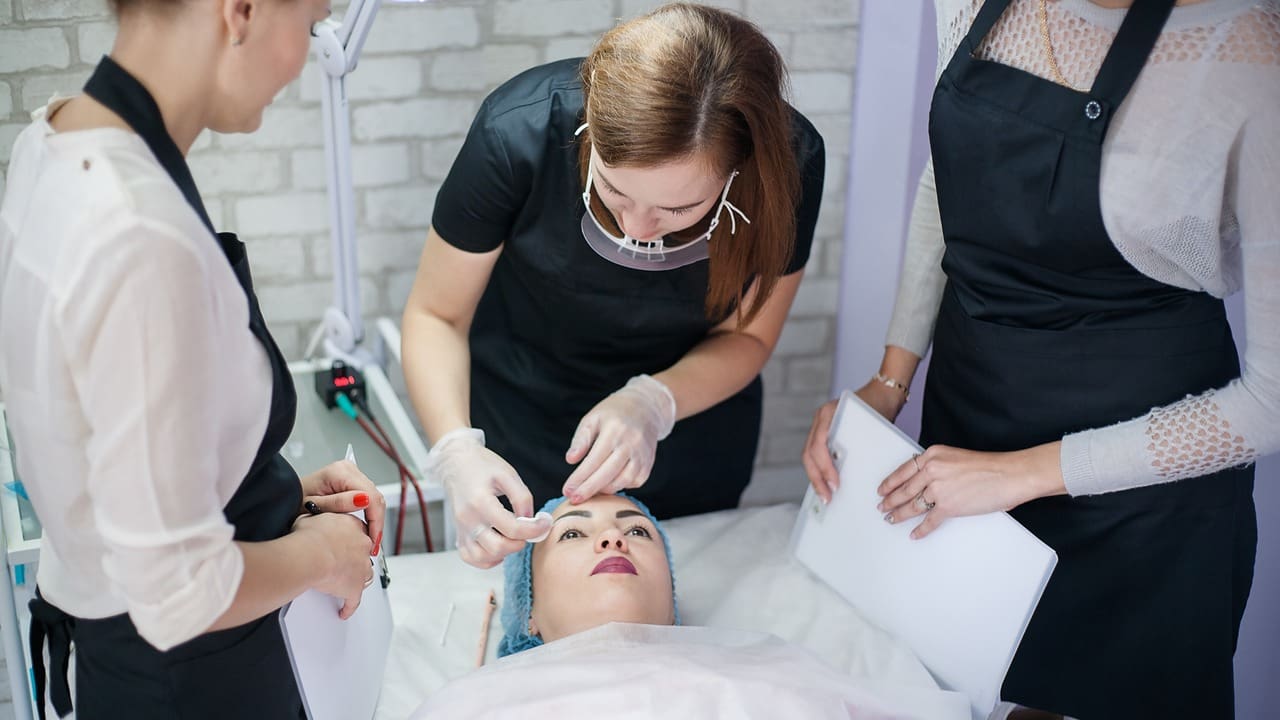
Integrative care starts with skin health and builds toward aesthetic refinement:
Stabilize and strengthen: Medical grade skincare, sun protection, and targeted therapy for acne, rosacea, or melasma prepare your skin for procedures and improve tolerance. Improve texture and tone: Chemical peels, microneedling, RF microneedling, and fractional laser resurfacing address fine lines, pores, scars, and uneven pigment.
Balance expression and volume: Neuromodulators (Botox and similar) soften dynamic wrinkles. Hyaluronic acid fillers restore facial support in cheeks, lips, chin, jawline, and temples for proportional harmony.
Tighten and lift: Energy based devices stimulate collagen to improve laxity on the face, neck, and body with minimal downtime.
Maintain and protect: Customized at home regimens, sun smart habits, and periodic touch ups extend results and protect your investment.
When treatments are sequenced strategically, you maximize synergy, minimize downtime, and achieve natural, long lasting outcomes.
Medical Aesthetic Treatments: Botox, Fillers, Skin Rejuvenation, and Body Contouring
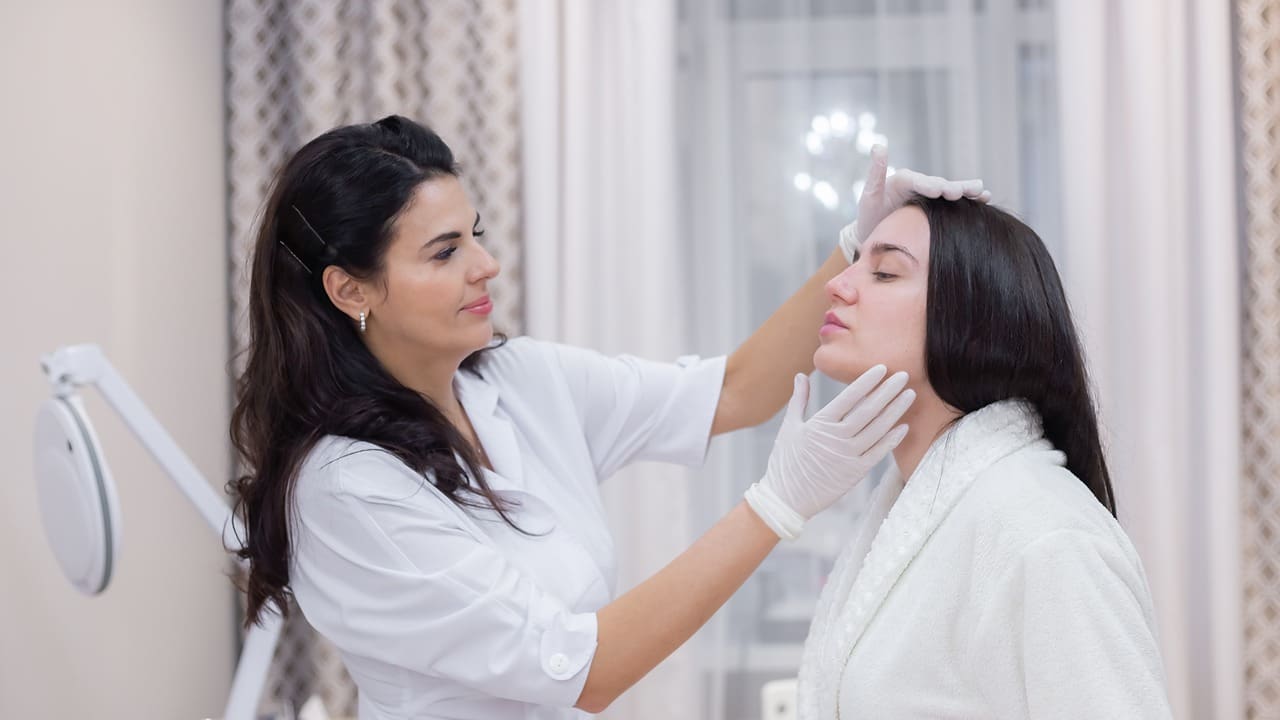
Modern medical aesthetic services are customizable and precise:
Neuromodulators (e.g., Botox): Temporarily relax targeted muscles to smooth frown lines, crow’s feet, forehead lines, bunny lines, and neck bands. Results begin in 3–7 days and last about 3–4 months on average. Preventive dosing can slow wrinkle formation.
Dermal fillers: Hyaluronic acid fillers replace volume, lift the midface, define the jawline and chin, enhance lips, soften nasolabial folds and marionette lines, and refresh under eyes. With expert technique, results look natural and dynamic. Longevity typically ranges 6–18 months.
Biostimulators and collagen stimulators: Stimulate your own collagen for gradual, durable improvement in
firmness and texture, often complementing fillers.
Skin rejuvenation: Chemical peels, microneedling, RF microneedling, and fractional lasers improve texture, fine lines, acne scars, and overall radiance. Protocols are adjusted by skin type to balance efficacy and safety.
Laser and light therapy: IPL targets sunspots and redness; vascular lasers address broken capillaries and rosacea; fractional lasers resurface texture issues and scars.
Tightening and lifting: Radiofrequency and ultrasound devices improve lower face, jowls, brow, and neck laxity with minimal downtime and progressive results.
Body contouring: Non surgical fat reduction and skin tightening refine areas like the abdomen, flanks, arms, and thighs. Best outcomes often come from a series combined with lifestyle habits.
Medical grade skincare: Retinoids, vitamin C, pigment correctors, peptides, and broad spectrum SPF support clinic results and protect against photoaging.
Your provider will tailor the sequence and combination based on your goals, anatomy, skin tone, and calendar.
Medical Aesthetics Cost and Financing: What Affects Price and How to Plan
Costs vary by region, product amount, device type, and provider seniority.
Key considerations:
Pricing units and areas: Neuromodulators are priced per unit; fillers by syringe; lasers and body contouring by area or session.
Number of sessions: Series based treatments (peels, microneedling, lasers, body contouring) often require 3–6 sessions for optimal results.
Maintenance: Plan for routine touch ups neuromodulators every 3–4 months, fillers every 6–18 months, periodic laser maintenance, and skincare refills.
Technology and expertise: Advanced devices and experienced injectors may cost more but can improve predictability and reduce risk.
Packages and memberships: Bundles and memberships can provide savings while supporting ongoing maintenance.
Request an itemized plan and timeline to budget confidently, especially if you have upcoming events.
Medical Aesthetics Aftercare and Results: What to Expect and How to Maintain
Every treatment includes specific aftercare to maximize safety and longevity:
After neuromodulators: Avoid strenuous exercise, extreme heat, and lying flat for several hours. Minor redness or bumps fade quickly. Results emerge over several days.
After fillers: Expect mild swelling or bruising for a few days. Use cool compresses as directed; avoid alcohol and heavy workouts for 24 hours. Attend follow ups for symmetry checks.
After lasers/peels/microneedling: Redness and sensitivity are common for 1–5 days. Use gentle cleansers, barrier repair moisturizers, and high SPF sunscreen. Do not pick or exfoliate until cleared by your provider.
After body contouring or tightening: Temporary redness, tingling, or soreness can occur. Hydration and light movement typically help recovery.
Long term maintenance includes daily SPF, consistent medical grade skincare, and scheduled touch ups that protect your results and support healthy collagen.
Medical Aesthetics for Men and Women: Personalized Plans Across Ages
A great plan respects your anatomy, skin type, lifestyle, and goals:
20s–30s: Prevention focused—SPF, pigment control, acne management, light peels, early neuromodulators, and collagen stimulation to “future proof” skin.
40s–50s: Combine neuromodulators, strategic fillers for midface support and contour, targeted lasers for pigment and vessels, and tightening for early laxity.
60s+: Emphasize skin quality, conservative volumization, gentle resurfacing, and realistic timelines respecting thinner skin and longer healing.
Men: Preserve a masculine look with careful dosing and contour aware filler placement (jawline and chin definition), plus redness control for shaving related irritation.
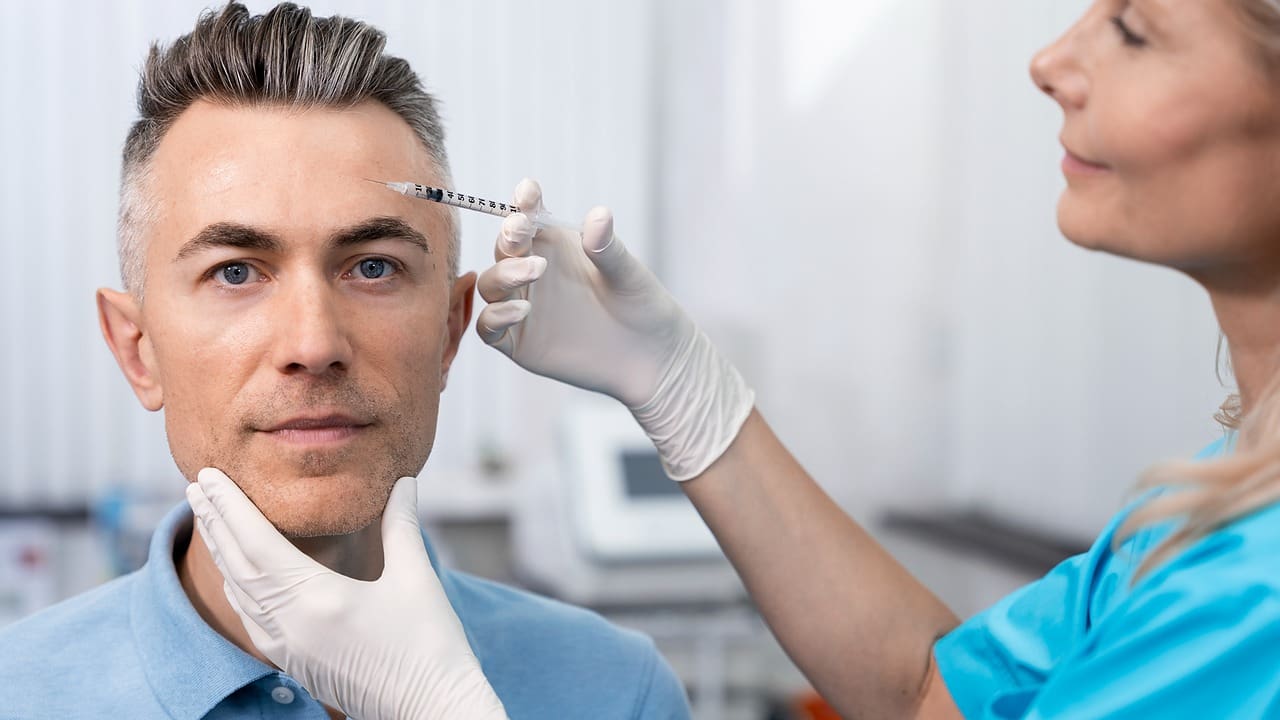
Skin of color: Use pigment safe protocols, device settings tailored to higher Fitzpatrick types, and diligent post-care to minimize hyperpigmentation.
Your provider will adjust timing around work, travel, and social events to minimize downtime and optimize
comfort.
Medical Aesthetics Safety: How Clinics Reduce Risks and Deliver Natural Results
Safety starts with proper assessment and continues through aftercare:
- Comprehensive intake: Full medical history, allergies, and medications help avoid interactions and reduce bruising risk.
- Sterile technique and authentic products: Clinics should use traceable products and appropriately
sterilized equipment. - Anatomy mapping and device settings: Precise injection planes and pigment safe laser parameters reduce complications. Ultrasound guidance may be used for complex filler areas.
- Informed consent and follow up: Expect clear discussions of risks, benefits, alternatives, and a follow up plan.
- Conservative, staged change: Gradual improvements maintain natural expression and reduce downtime and risk.
- Complications are uncommon with experienced teams and are best managed when recognized early and treated promptly. Choosing a clinic that prioritizes safety ensures refreshed, natural looking results.
For more information about our academic and training initiatives, visit Liv Hospital Academy.
Frequently Asked Questions for Medical Aesthetics
What are common risks or side effects?
Temporary redness, swelling, bruising, or tenderness are common. Less common risks include vascular compromise with fillers, burns or pigment changes with lasers, and infection. Experienced providers reduce risk and handle issues promptly.
How long do results last?
Neurotoxins: about 3–4 months. Hyaluronic acid fillers: 6–18 months depending on product and area. Tightening and collagen stimulators: gradual improvement over months with longer lasting collagen remodeling.
What is aftercare for fillers and neurotoxins?
For neurotoxins: avoid strenuous exercise and heat for several hours; results emerge in 3–7 days. For fillers: mild swelling or bruising is common; use cool compresses, avoid alcohol and heavy exercise for 24 hours, and attend follow ups.
How many units of Botox do I need?
Dosing depends on muscle strength, anatomy, prior treatments, and desired effect. Typical ranges exist for common areas, but your injector will personalize units to balance efficacy and natural movement.
Are aesthetic medical treatments HSA/FSA deductible?
Purely cosmetic procedures are typically not eligible. However, rules vary by plan and jurisdiction. Check with your benefits administrator; medically necessary dermatology may qualify.
Are medical aesthetic services medical procedures?
Yes. Even minimally invasive treatments are medical procedures requiring assessment, informed consent, sterile technique, and post treatment follow up.
What are the top-rated medical aesthetic lasers?
“Top-rated” depends on indication and skin type. Fractional lasers target texture and scars; vascular platforms treat redness; pigment targeting devices address sunspots. The best platform is the one matched to your concern by an experienced provider.
